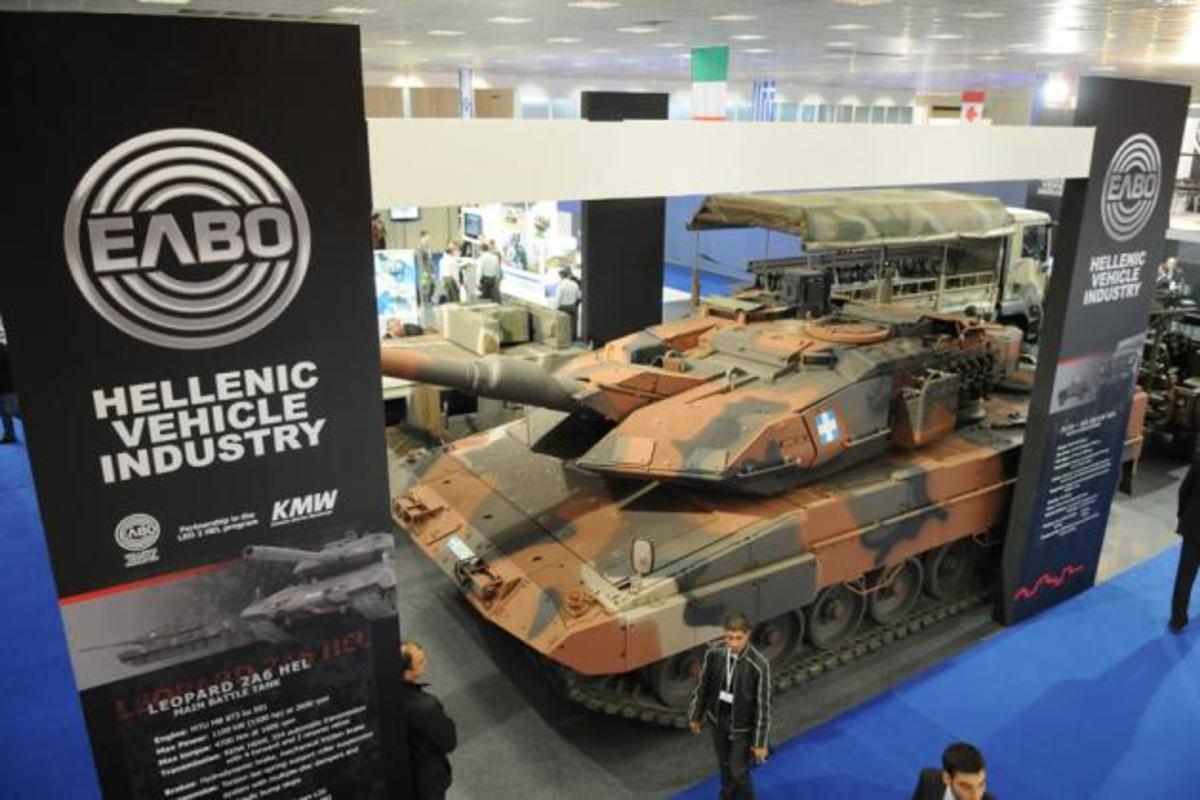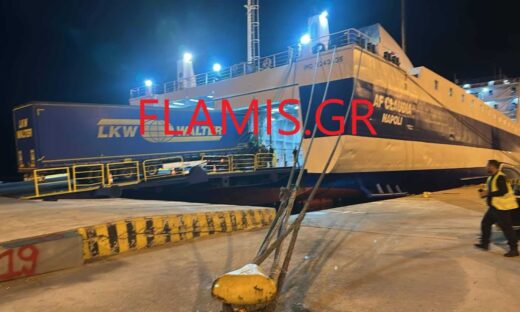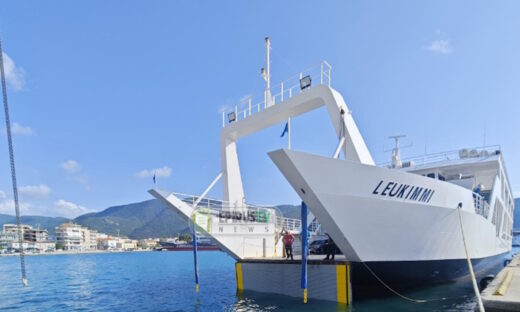Η απάντηση στο email της τρόικας που απαιτεί λουκέτο σε ΕΑΣ ΕΛΒΟ και ΛΑΡΚΟ με άμεση απόλυση όλων των υπαλλήλων και μάλιστα χωρίς αποζημίωση, αναμένεται να δώσει η ελληνική πλευρά μέσω των υπουργείων Οικονομικών και Άμυνας.
Ο Γ. Στουρνάρας ήδη έχει ζητήσει τα στοιχεία που θα δείχνουν στην τρόικα ότι το λουκέτο θα είναι επιζήμιο σε βάθος χρόνου.
Η ελληνική πλευρά αναμένεται πλέον να προτείνει περιορισμό στα όρια του λουκέτου των λειτουργιών της ΕΛΒΟ και εξυγίανση με αναδιάρθρωση των δομών των ΕΑΣ.
Ουσιαστικά για τα ΕΑΣ σχεδιάζεται το κλείσιμο των εργοστασίων σε Κύμη και Ήπειρο, αλλά και η διατήρηση εκείνων σε Λαύριο και Υμηττό.
Άγνωστο παραμένει ακόμη εάν θα διατηρηθεί το εργοστάσιο στο Αίγιο και αυτό θα εξαρτηθεί από τις παραγγελίες.
Σε ό,τι αφορά στη ΛΑΡΚΟ η κυβέρνηση προσανατολίζεται στην πώληση της εταιρίας σε ιδιώτες.
Θα παρουσιαστεί στην τρόικα ένα σχέδιο με δύο ξεχωριστούς διαγωνισμούς που θα αφορούν ο ένας στην πώληση του εργοστασίου και έναν για την πώληση των ορυχείων.
Το επίμαχο e-mail του Ματίας Μορς :
Thank you very much for forwarding the restructuring plans for the three companies. Please find a detailed reaction from our side with the conclusion that the proposed restructuring plans are in our view not viable or realistic and do not guarantee a sustainable solution from the economic efficiency, budgetary and state aid points of view. In our view, the option of closure/liquidation must be considered for all three companies (as reflected in the language of the MEFP/MoU and the public announcement in July). In this context, any liquidation should not be conditional on indemnities going beyond legal requirements or on a redeployment of the work force.
LARCO
Our main concern for LARCO is that in your proposal the tendering processes for the two asset clusters are not fully independent from each other (for the privatisation of the smelter and the mines, respectively), thus involving business continuity without addressing the fundamental state aid concerns (the transaction is structured in such a way that there is a high probability that the same investor will acquire both tendered assets and will thus be liable to pay back the State aid). Moreover, the potential investors are required to maintain employment in an over-staffed organisation that has been loss-making since 2008. This is an objective which is not commensurate with long term viability of the company and is creating additional financial risks.
The alternatives for the government should be either to sell the asset and expect from the buyer to pay the state aid back (as mentioned in the Almunia-Rehn letter) or to sell separately the Agios Ioanis/Larymna concession and the remaining Larco assets in an unbundled fashion, without giving the investor any specific option to acquire all assets or liquidate them otherwise (if they do not find buyers). In this context, the assessment of the alternatives would be facilitated if you could provide us with pre- and post-restructuring financial accounts.
HDS
You are envisaging 144 million Euro of State funds to the military activities that would result from the split between civil and military activities of HDS, additional to the already inherited liabilities from the past. The proposal is basically calling for a rather generous early retirement and exit scheme which would have implications in terms of fiscal space and the programme. Given the fiscal space constraints and the dependence of the company on domestic orders, we believe that this is not a viable solution and the company should be liquidated. If a case could be made from a national defence objective perspective, this has to involve a substantially downsized/restructured company which is domestically-oriented. It has to be seen whether at such lower scale (given lower revenues but possibly high fixed costs) it makes sense from an economic point of view to keep the company on the market or whether one should just to proceed with outright liquidation.
ELVO
The special liquidation plan is more costly compared to bankruptcy. For example, if the company is liquidated 13.5 million euro are needed for severance payments; however if the company continues to function under special liquidation regime it will need 27.5 million euro to run operations until the conclusion of the current backlog contracts.
The assumption in your analysis that the shareholder’s losses will stop upon the completion of the backlog contracts and that the company may win further contracts allowing thus the completion of the development plan is not realistic and does not guarantee any security related to the viability and future of the company. In conclusion, we consider that an outright bankruptcy of the company is the most desirable and realistic solution.
We look forward to receiving a new improved version of the restructuring/liquidation plans for the three companies which take into account our comments/suggestions.
Best regards,
Matthias
Διαβάστε επίσης:















